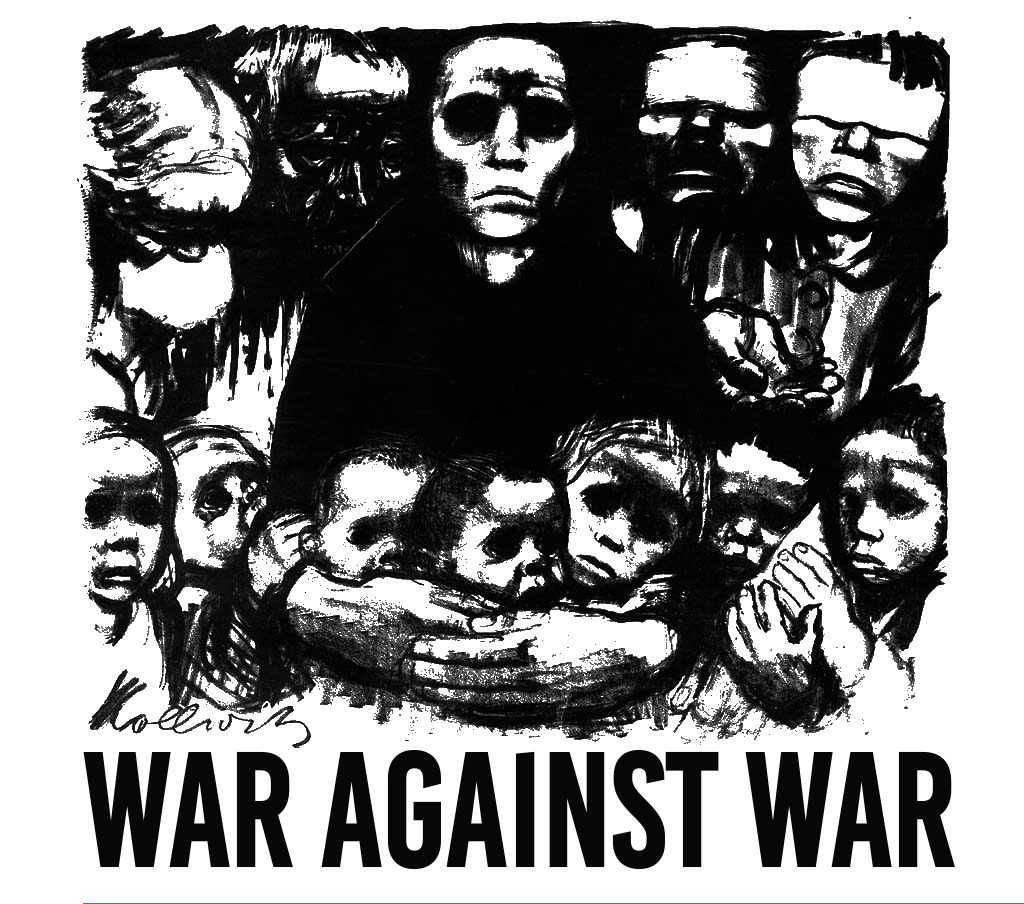Why do former belligerents institutionalize power-sharing arrangements after a civil war ends? The choice of power-sharing institutions shapes the nature of governance in many post-conflict settings. A better understanding of how belligerents come to choose institutionalized forms of power-sharing would thus help us explain how belligerents come to make a seemingly simple institutional choice that may have immense consequences. Existing scholarship emphasizes the nature of the conflict preceding negotiations, international actors, or state institutional capacity as critical factors for determining whether former belligerents will agree to share power or not. Yet these accounts overlook the importance of political considerations between and within ethnic groups. This article argues that elites create power-sharing institutions when the most significant threat to their political power comes from an outside group as opposed to from within their own group. That is, forward-looking and power-minded leaders of former belligerents push for the type of power-sharing at the negotiating table that affords them the greatest opportunity to influence country-level politics after the conflict has concluded in full. For elites facing competition from outside, this means securing power-sharing through institutional rules and guidelines in the settlement of the civil war to ensure that they are included in the governance of the state. By contrast, for elites fearing in-group rivals, complex governance institutions are at best unnecessary and, at worst, a significant concession to weaker opponents. I test the argument with a cross-national analysis of an original dataset of 186 power-sharing negotiations from 1945–2011. The empirical analysis suggests that elites are most likely to institutionalize power-sharing when no single ethnic group dominates politics and when most ethnic groups are unified. The quantitative analysis is complemented with illustrative examples from cases of power-sharing negotiations that offer insight into the proposed theoretical mechanisms.
This was originally published on SAGE Publications Ltd: Journal of Peace Research: Table of Contents.
